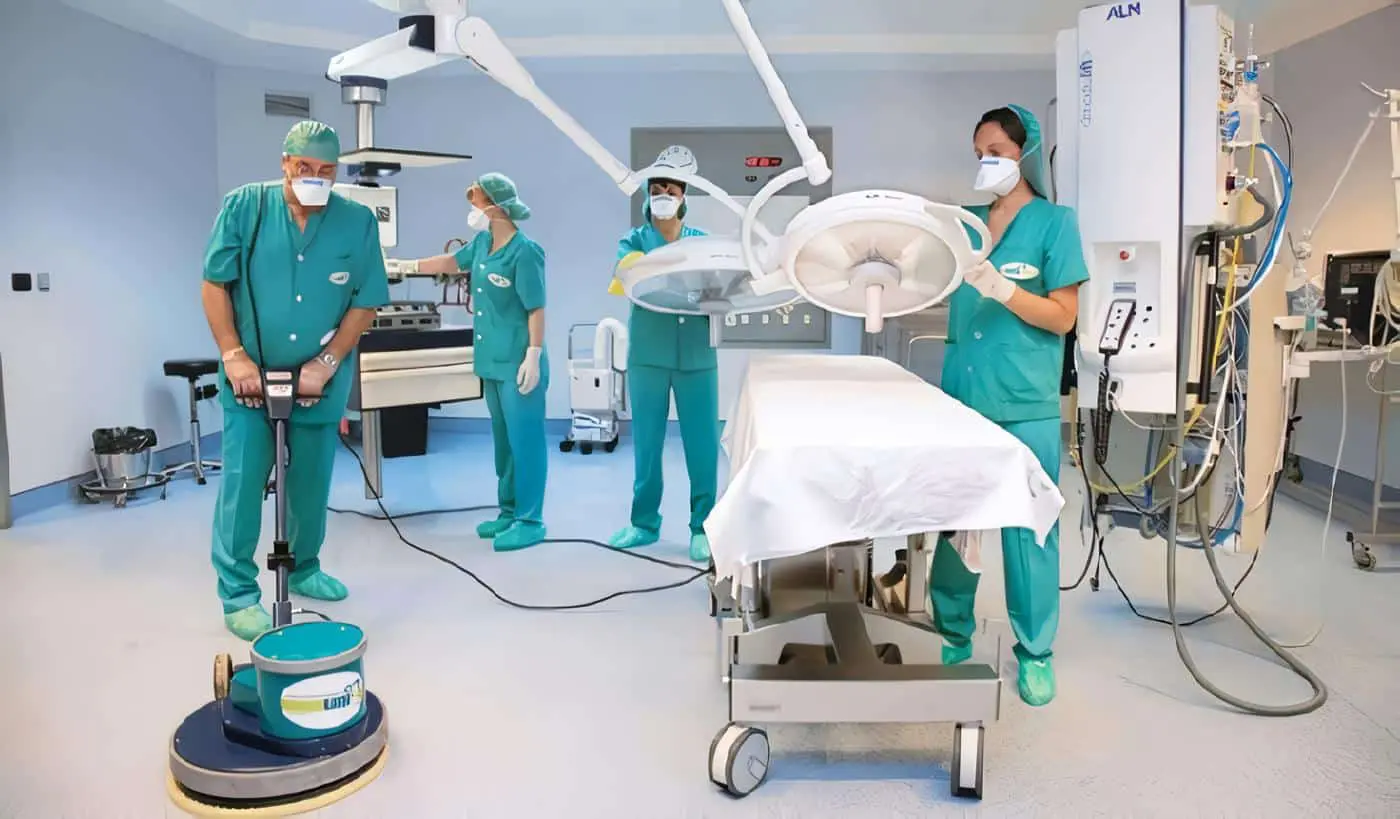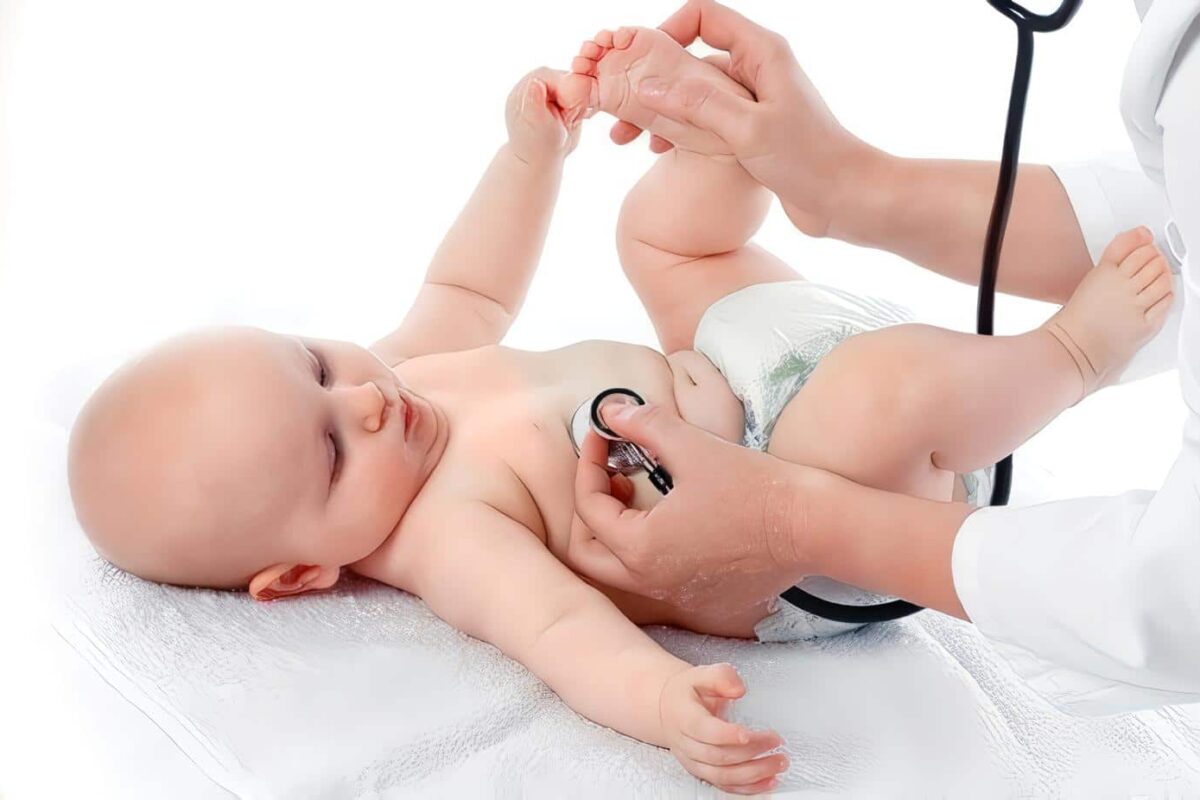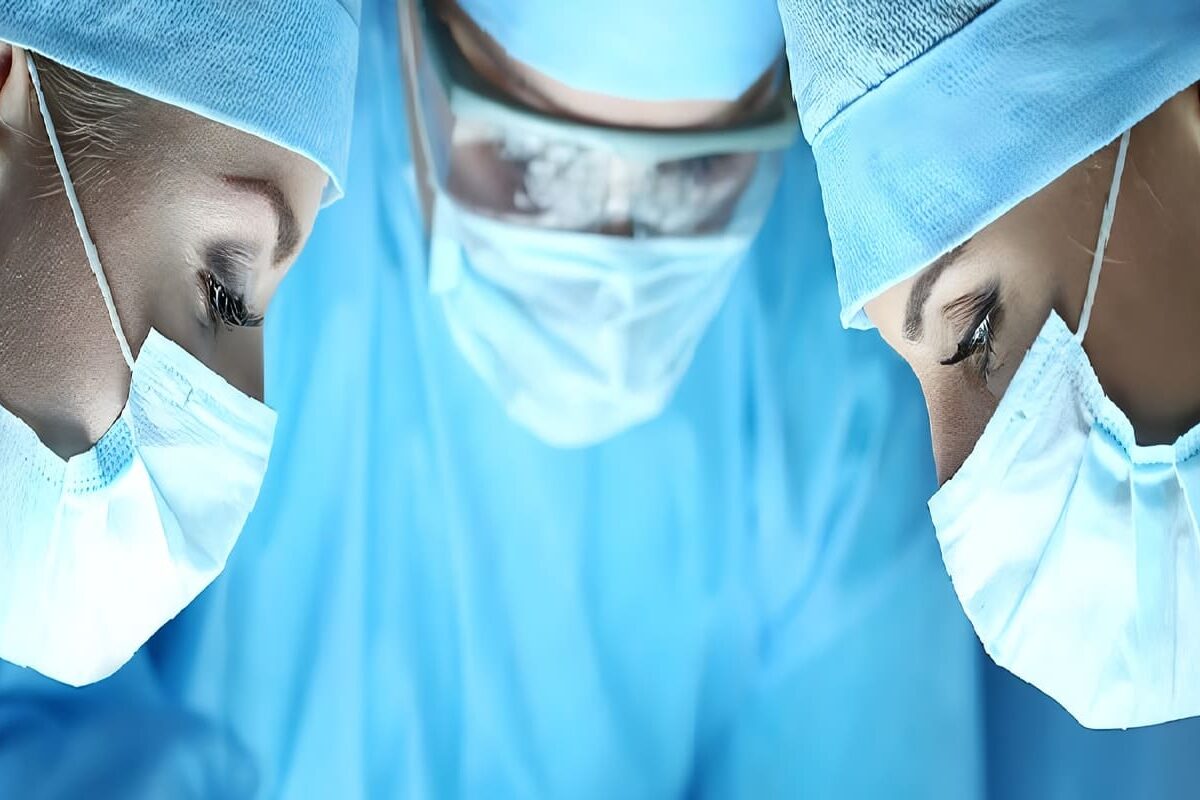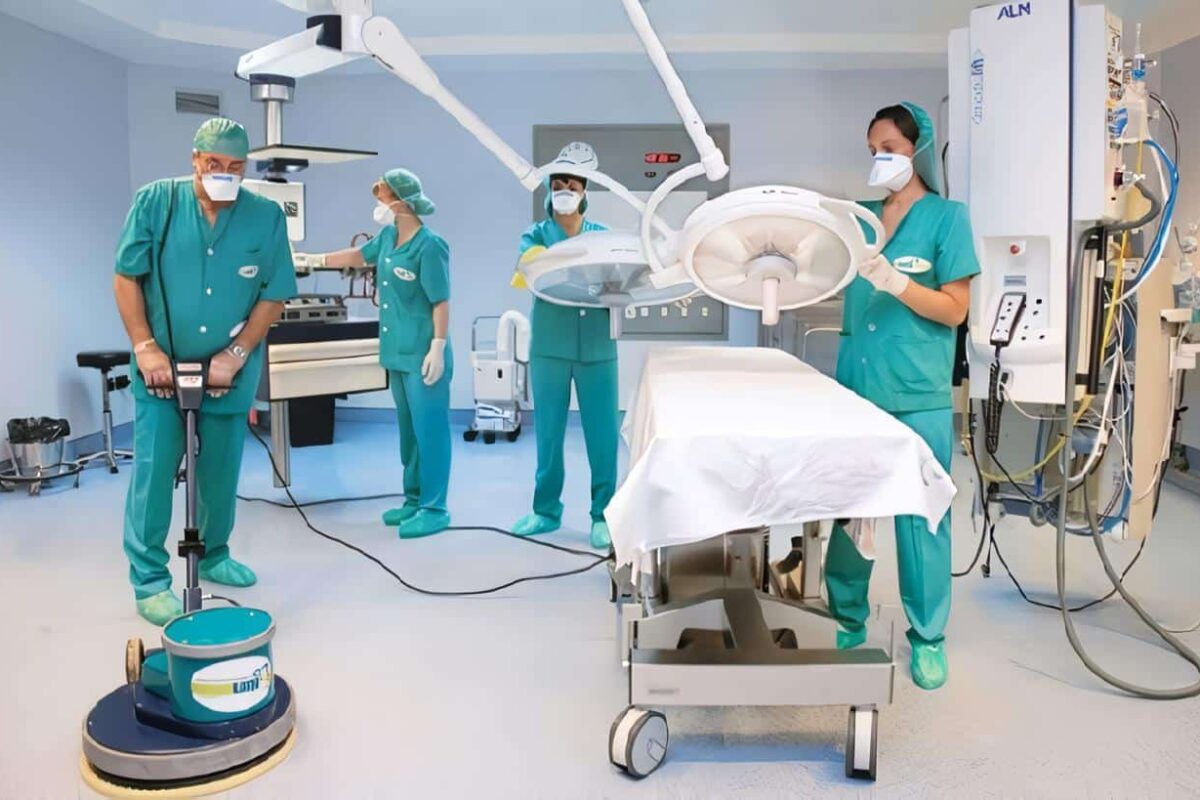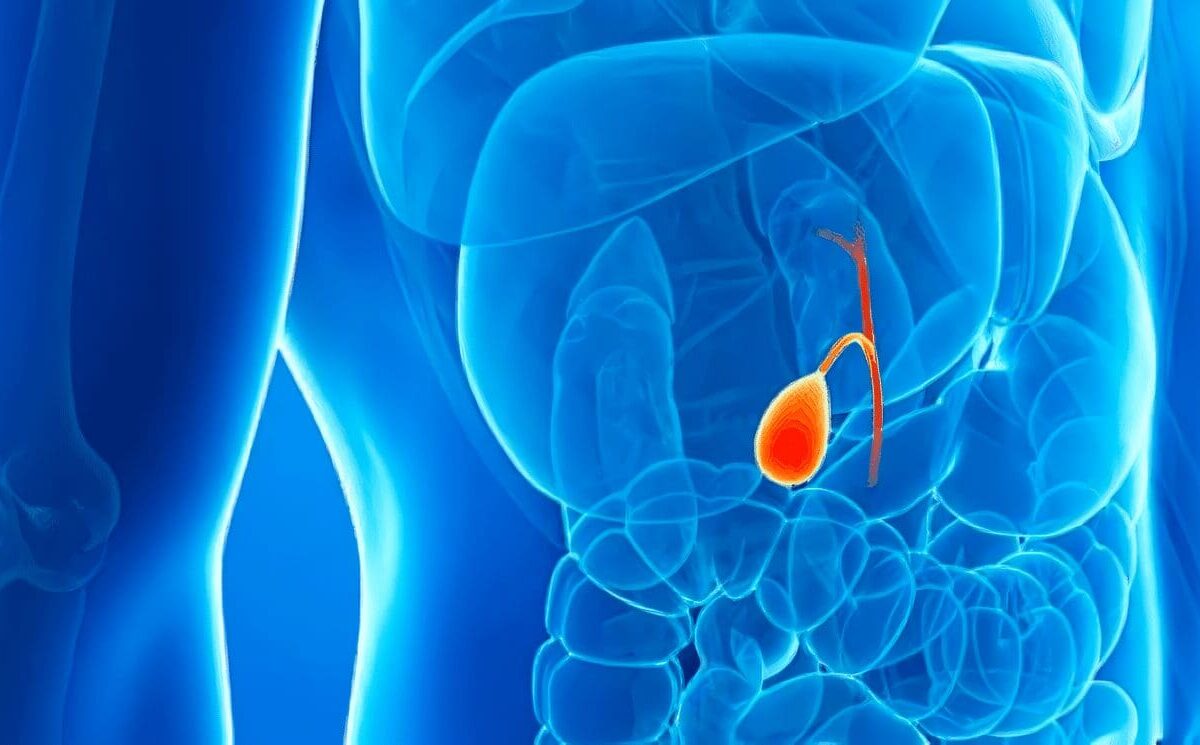Colágeno
El contenido de colágeno aumenta rápidamente durante las 3 primeras semanas y al acumularse 7 mg/mL debe obtenerse un equilibrio entre producción y destrucción (104).
A medida que madure la cicatriz, se van reponiendo fibras y éstas son sometidas a movimiento, presión y otros factores mecánicos que ayudan a orientarlas siguiendo las líneas de tensión de la piel (2). Con el transcurso del tiempo se observa disminución celular y se atrofian los capilares neo formados, por lo que el área palidece (35).
En el espacio extracelular decrece la concentración de ácido hialurónico que es remplazado por proteoglicanes más elasticos, como el condroitin-4-sulfato; se reabsorbe el agua y las fibras se juntan, con lo cual se aplana la región. El colágeno tipo III gradualmente es remplazado por el 1, hasta obtener el promedio normal de 1: 4.
No está bien establecido el papel que desempeñan las glucoproteínas y los mucopolisacáridos o proteoglicanes, pero es posible que ayuden a organizar el colágeno y que determinen (según sea el que predomine) el tamaño, la rigidez y otras cualidades físicas de las nuevas moléculas (7, 105).
También es probable que las fuerzas que se ejercen sobre los tejidos produzcan cargas eléctricas que facilitan la orientación, especialmente cuando se interdigitan con proteoglicanes (5).
La colagenólisis juega un papel fundamental durante la remodelación ya que elimina las fibras iniciales depositadas de manera desorganizada, facilitando su remplazo por otras mejor orientadas y más resistentes, ayudando a formar una cicatriz más estable (5).
Durante este período se ha demostrado fagocitosis de colágeno por los fibroblastos (106). Al momento de retirar las suturas, la herida sólo posee el 3% de la fuerza tensil normal; a las 4 semanas aumenta a un 30%, pero nunca sobrepasa el 80% (107. Lea También: Biología y Bioquímica de la Cicatrización de las Heridas
Abstract
The ability to heal wounds by lorming scar tissue is essentiallor the survival of all higher species. Wounds can be lilethreatening, commonly affect functional ability, and virtua11yalways compromise appearance.
Over the past five years there has been renewed interest in the basic components of wound healing and how they interact with each other. The surgeon, perhaps more than any other physician, should have an in-depth knowledge of this processes il he or she is to wisely treat his or her patients.
This article updates present Knowledge of the mechanisms involved in tissue repair, such as: inflammation, epithelization, contraction, neovascular growth, collagenproduction and lysis and maturation.
Referencias
- Kurzer A: Cicatrización. En: Olarte F, Aristizábal H, Botero M, Restrepo J: Cirugía. Vol 1. Medellín U. de Antioquia, 1983; 19-46
- Peacock E E Jr: Wound repair. 3a ed Philadelphia, W. B. Saunders Co., 1984; 1-140
- Bryant W M: Wound healing. Clinical Symposia 1977; 29:2
- Bensusan H B, Koh T L, Henry K G: Evidence that fibronectine is the colla· gen receptor on platelet membranes. Proc Natl Acad Sci USA 1978; 75:5864
- Berlinger N T: Wound healing. Otolaryngol Clin North Am 1982; 15:29
- Kninhton D R, Hunt T K Thanal K K, Goodson W H III: Role of platelets and fibrin in the healing sequence. An in vivo study of angiogenesis and collagen synthesis. Ann Surg 1982; 196: 379
- Hunt T K, Van Wiokle W Jr: Normal repair. In: Hunt T K, Dunphy J E: Fundamentals of wound management. New York, Appleton· Century.Crofts, 1979; 1-30
- Knighton D R, Ciresi K F, Fiegel V D et al: Classification and treatment of chronic nonhealing wounds. Successful treatment with autologous platelet· derived wound healing factors. Ann Surg 1986; 204: 322
- Boucek R J: Factors affecting wound healing. Otolaryngol CHn North Am 1984; 17: 243
- Rojas W: Inmunología. 5a oo. Bogotá, Fondo Educativo Inter· americano S. A. , 1983; 66-67
- Lichtenstein L M, Marone G, Thomas L 1., Malueaux F J: The role of basophile in intlammatory reactions. J lnvest Dermatoll978; 71: 65
Otras Referencias
- McGrath M H: Peptide growth factors and wound healing. Clin Plast 1990; 17: 421
- Hunt T K: Disorders of repair and their management. In: Hunt T K, Dunphy J E: Fundamentals of wound managemen!. New York Appleton-Century- Crofts, 1979; 30-110
- Simpson D M, Ross R: The neutrophilic leukoeyte in wound repair. A study with antineutrophil serum. J Clin lnvest 1972; 51: 2009
- Barbul A: lmmune aspeets of wounds repair. Clin Plast Surg 1990; 17: 433
- Peterson J M, Barbul A, Breslin R J et al: Significance of T Iymphocytes in wound healing. Surgery 1987; 102: 300
- Diegelmann R F, Cohen 1 K, Kaplan A M: The role of macrophages in wound repair: A review. Plast Reconstr Surg 1981; 68: 107
- Postlethwaite A E, Kang AH: Collagen and collagen peptide induced chemotaxis of human blood monocytes. J Exp Med 1976; 143: 1299
- Snyderman R, Shin H S, Hansman M S: A chemotactic factor for mononuelear leukocytes. Proc Soc Exp Biol Med 1971; 138: 387
- Word P A, Remold H G, Davis J: Leukotactic factor produced by sensitized Iymphocytes. Science 1989; 163: 1079
- Clark R A F: Potencial roles of fibroneetin in cutaneous wound repair. Arch Dermatol 1988; 124: 201
- Goetze O, Blanco C, Cobo Z A: The induction of macrophage spreading by factor B of the properdin system. J Exp Med 1979; 149: 372
Bibliografía
- Bianco C: Fibrin, fibroneetine, and macrophages. Ann N Y Acad Sci 1983; 408: 602
- Kurzer A: Fisiología de la cicatrización. Medicina U P B 1984; 3: 131
- Edlich R F, Friedman H 1, Haines P C, Rodeheaver G T: Biology of wound repairo Its intluence on surgical deeision. Facial Plast Surg 1984; 1: 169
- Zucker-Franklin D: Eosinophil function related to cutaneous disorders. J lnvest Dermatol 1978; 71: 100
- Van Winkle W Jr: Tbe epithelium in wound healing. Surg Gynee Obstet 1968; 127: 1089
- Pollack S V: Systemic medications and wound healing. lnt J Dermatol 1982; 21:489
- Clark R A F, Lanigan J M, DellaPelle P et al: Fibroneetin and fibrin provide a provisional matrix for epidermal cell 20 migration during wound re-epithelialization. J lnvest Dermatol 1982; 79: 270
- Fourtanier A, Medaisko C, Charles N, Carreiro S: Development of a quantitative method for assessing epidermal regeneration. Brit J Dermatol 1984; 3 (Suppl 27): 174
- Ordman L J, Gillman T: Studies in the healing of cutaneous wounds. I. The healing of incisions through the skin of pigs. Arch Surg 1966; 93: 857
- Kleinman H K, Murray J C, Mc- Goodwin E B, Martin G R: Connective tissue structure. Cell binding to ro 11agen. J lnvest Dermato11978; 71: 9
- Stenn K S: Epibolin: A protein of human plasma that supports epithelial cell movement. Proc Natl Acad Sci USA 1981; 71: 6907
Otras Bibliografías
- Yamaguchi T, Hirobe T, Kinjo Y, Manaka K: The effeet of chalone on the cell cyele in the epidermis during wound healing. Exp Cell Res 1974; 89: 247
- Zitelli J: Wound healing for the clinician. Adv Dermatol 1987; 2: 243
- Breedis C: Regeneration of hair follieles and sebaceous glands from the epithelium of scars in rabbits. Cancer Res 1954; 14: 575
- Cohen 1 K, McCoy B J, Diegelmann R F: Ann update on wound healing. Ann Plast Surg 1979; 3: 264
- Franklin J D, Lynch J B: Effect of topical applications of epidermal growth factor on wound healing. Plast Reconstr Surg 1979; 64: 766
- Brown G 1, Curtsinger L, Brightwell J R, Ackerman D M: Enhancement of epidermal regeneration by biosynthetic epidermal growth factor. J Exp Med 1986; 163: 1319
- O’Keefe E, Barrub T, Payne R Jr: Epidermal growth factor receptor in human epidermal cells: Direet demostration in cultured cells. J lnvest Dermatol 1982; 78: 482
- Ristow H J, Holley R W, Messmer T O: Regulation of growth of fibroblasts. J lnvest Dermatol 1978; 71: 18
- Brown G L, Schultz G, Brightwen J R, Tobin G R: Epidermal growth factor enhances epithelialization. Surg Forum 1984; 35: 565
- Brown G L, Nanney L B, Griffen J et al: Enhancement of wound healing by topical treatment with epidermal growth factor. N Engl J Med 1989; 321: 76
- Salomon J C, Diegelmann R F, Cohen 1 K: Effeet of dressings on donor site epithelialization. Surg Forum 1974; 25: 516
Fuentes
- Ninnemann J L: Suppressor cell induction by povidoneiodine: In vitro demonstration of a consequence of elinical bum treatment with betadine. J Immunol1981; 126: 1905
- Branemark P 1, Albrektsson B, Lindstrom J, Lundborg G: Local tissue effects of wound disinfectants. Acta Chir Scand (Suppl) 1966; 357: 166
- Tbeogaraj S D: Complications of traumatic wounds of the face. In: Greenfield L J: Complications in surgery and trauma. Philadelphia, J B. Lippincott Co., 1984
- Peacock E E Jr: Wound healing and wound careo In: Schwarlz SI: Principies of surgery. New York McGraw- Hill CO., 1989
- Eaglstein W H, Davis S C, Mehle A 1., Mertz P M: Optimal use of an occlusive dressing to enhance healing. Arch Dermatol 1988; 124: 392
- Eaglstein W H: Experiences with biosynthetic dressings. J Am Acad Dermatol 1985; 12: 434
- Saranto J R, Rubayi S, Zawacki B E: Blisters, cooling, antithromboxanes, and healing in experimental zone-of stasis bums. J Trauna 1983; 23: 927
- Gimbel N S, Kapetansky D 1, Weissman F, Pinkus R K: A study of epithelialization in blistered burns. Arch Surg 1957; 74: 800
- Zawacki B E: Reversal of capillary stasis and prevention of necrosis in bums. Ann Surg 1974; 180: 98
- Wheeler E S, Miller T A: The blister and the second degree bum in guinea pigs. Tbe effeet of exposure. Plast Reconstr Surg 1978; 57: 74
- Miller T A: The healing of partialthickness skin injuries. In: Hunt T K: Wound healing and wound infeetions: Tbeory and surgical practice. Appleton- Century Crofts. New York, 1980
Otras Fuentes
- Banda M J, Knighton D R, Hunt T K, Werb Z: lnsolation of a nonmitogenic angiogenesis factor from wound tluid. Proc Natl Acad Sci USA 1982; 79: 7773
- Knighton D R, Hunt T K, Scheuenstuhl H et al: Oxygen tension regulates the expression of angiogenesis factor by macrophages. Science 1983; 221: 1283
- Clark R A F, DellaPelle P, Manseau E et al: Blood vessel fibroneetin increases in conjunction with endothelial cell pro liferat ion and capillary ingrowth during wound healing. J lnvest Dermatol 1982; 79: 269
- Bowerson J C, Sorgente N: Chemotactic response of endothelial cells in response to fibroneetin. Cancer Res 1982; 42: 2547
- Niedner R, Schopf E: lnhibition of wound healing by antiseptics. Brit J Dermatol (Suppl) 1986; 115: 31: 41
- Montandon D, Gabbiani G, Ryan G B, Majno G: The contractile fibroblast: Its relievance in plastic surgery. Plast Reconstr Surg 1973; 52: 286
- Sumrall A J, Johnson W C: The origin of dermal fibrocytes in wound repair. Dermatologica 1973; 146: 107
- Baur P S, Parks D H: The myofibroblast anchoring strand. The fibronectin connection in wound healing and the possible loci of collagen fibril assembly. J Trauma 1983; 23: 853
- Kurzer A: Fisiología de la cicatrizaci6n. Rev Col Cirug 1987; 2: 59
- Madden J W, Morton D Jr, Peacock E E Jr: Contraction of experimental wounds. 1. lnhibiting wound contraction by using a topical smooth muscle antagonist. Surgery 1974; 76: 8
- Rudolph R: lnhibition of myofibroblasts by skin grafts. Plast Reconstr Surg 1979; 63: 473
Referencias Bibliográficas
- Guber S, Rudolph R: The myofibroblast. Surg Gynecol Obstet 1978; 146: 641
- Frank D H, Brahme J, Van de Berg J S: Decrease in rats of wound contraction with the temporary skin substitute Biobrane. Ann Plast Surg 1984; 12: 519
- Frank D H, Bonaldi L C: lnhibition of wound contraction: Comparison of fullthickness sltin grafts, biobrane, and aspartame membranes. Ann Plast Surg 1985; 14: 103
- Baur P S, Larson D L, Stacey T R et al: Ultrastructural analysis of pressuretreated human hypertrophic. J Trauma 1976; 16: 958
- Baur P S Jr, Parks D R, Hudson J D: Epithelial mediated wound contraction in experimental wounds. The pursestring effect. J Trauma 1984; 24: 713
- Kischer G W, Bunce H IlI, Shetlar M R: Mast cell analysis in hypertrophic scars, hypertrophic scars treated with pressure and mature scars. J lnvest Dermatol 1978; 70: 355
- Williams G: The late phases of wound healing: Histological and ultrastructural studies of collagen and elastic tissue formation. J Pathol 1970; 102: 61
- Steward R J, Duley J A, Dewuney J et al: The wound fibroblast and macrophage. n. Their origin studied in a human after bone marrow transplantation. Brit J Surg 1981; 68: 129
- Leibovich S J, Ross R: A macrophagedependent factor that stimulates the proliferation of fibroblasts in vitro. Am J Pathol 1976; 84: 501
- Postlethwaite A E, Snyderman R, Kang A H: The chemotactic atlraction of human fibroblasts to a Iymphocytederived factor. J Exp Med 1976; 144: 1188
- Postlethwaite A E, Seyer J M, Kang A H: Chemotactic atlraction of human fibroblasts to type 1, n and III collagens and collagen-derived peptides. Proc Natl Acad Sci USA 1978; 75: 871
Otras Referencias Bibliográficas
- Grinell F, Billingham R E, Burgess L: Distribution of fibronectin during wound healing in vivo. J lnvest Dermatol 1981; 76: 181
- Repesh L A, Fitzgerald T J, Furcht L T: Fibronectin involvement in granulation tissue and wound healing in rabbits. J Histochem Cytochem 1982; 30: 351
- Wolf L, Lipton A: Studies on serum stimulation of mouse fibroblast migration. Exp Cell Res 1973; 88: 499
- Li A K C, Koroly M J: Mechanical and humoral factors in wound healing. Brit J Surg 1981; 68: 738
- Groopman J E: Platelet derived growth factor. In: Golde D W: Growth factors. Ano lnt Med 1980; 92: 650
- Bitlerman P B, Rennard S 1, Adelberg S, Crystal R G: Role of fibronectin as a growth for fibroblasts. J Cell Biol 1983; 97: 1925
- Green 1, Ansel J, Luger T, Sehmidt J A: lmmunological identification and function of dermal and epidermal cells. Brit J Dermatol 3 (Suppl 27) 1984; 1
- Forrester J C: Sutures and wound repair. In: Hunt, T. K : Wound healing and wound infection: Theory and surgical practice. Appleton-Century-Crofts, New York, 1980
- Ninikoski J: The effect of blood and oxygen supply on the biochemestry of repair. In: Hunt T K: Wound healing and wound infection: Theory and surgical practice. Appleton-Century-Crofts;’ New York, 1980
- Prockop D J: How does a skin fibroblast make type 1 collagen fibers? J lnvest Dermatol 1982; 79: 3
- Diegelmann R F, Peterkofsky B: lnhibition of collagen secretion from bone and cultured fibroblasts by microtubulardisruptive drugs. Proc Natl Acad Sei USA 1972; 69: 892
Fuentes Bibliográficas
- Lichtenstein J R, Martin G R, Kohn L D, Byers P H, McKussick V A: Defectin conversion of procollagen to collagen in a form of Ehlers-Danlos syndrome. Science 1973; 182: 298
- Burgeson R E: Genetic heterogeneity of collagens. J lnvest Derm ato 1 1982; 79: 25
- Pinell S R: Regulation of collagen synthesis. J lnvest Dermatol 1982; 79: 73
- Chvapil M, Koopman C F Jr: Scar formation: Physiology and pathological states. Otolaryngol Clin North Am 1984; 17: 265
- Uitto J, Tan E M L, Ryhanen L: lnhibition of collagen accumulation in fibrotic processes: Review of pharmacological agents and new approaches with amino acids and their analogues. J lnvest Fermatol 1982; 79: 113
- Moynahan E J: Penicillamin in the treatment of morphea and keloids in children. Postgr Med J 1974 Aug (Suppl): 39
- Peacock E E Jr: Pharmacological control of surface scarring in human beings. Ano Surg 1981; 193: 592
- Peacock E E Jr: Control of wound healing and scar formation in surgical patiens. Arch Surg 1981; 116: 1325
- White M J, Heckler F R: Oxygen free radicals and wound healing. Clin Plast Surg 1990; 17: 473
- Robson M C, Stenberg B D, Heggers J P: Wound healing alterations caused by infection. Clin Plast Surg 1990; 17: 485 99. Ruberg R L: Role of nutrition in wound healing. Surg Clin North Am 1984; 64: 705
- Diegelmann R F, Bryant C P, Cohen 1 K: Tissue alpha globulins in keloid formation, Plast Reconstr Surg 1976; 59: 418
Otras Fuentes Bibliográficas
- Krane S M: Collagenases and collagen degradation. J lnvest Dermatol 1982; 79: 83
- Rennard S 1, Stier L E, Crystal R G: lntracellular degradation of newly synthetized collagen. J lnvest Dermatol 1982; 79: 77
- Hogstrom H, Haglund U: Postoperative decrease in suture ho lding capacity in laparotorny wounds and anastomoses. Acta Chir Seand 1985; 151: 533
- Lampiaho K, Kulonen E: Metabolic phases during the development of granulation tissue. Biochem J 105: 333
- White B N, Shetkar B R, Shilling J A: The glycoproteins and their relationship to the healing of wounds. Ann N Y Acad Sci 1961; 94: 297
- McGraw W T, Cate R T: A role for collagen phagocytosis by fibroblasts in scar remodeling: An ultrastructural stereologic study. J lnvest Dermatol 1983; 81: 375
- Harris D R: Healing of the surgical wound. 1: Basic considerations. J Am Acad Dermatol 1979; 1: 197
Doctor Alberto Kurzer Schall, Jefe de la Sección de Cirugía a Plástica, Maxilofacial y de la Mano, U. de Antioquia, Hosp. Universitario San Vicente de Paúl Medellín, Colombia.
